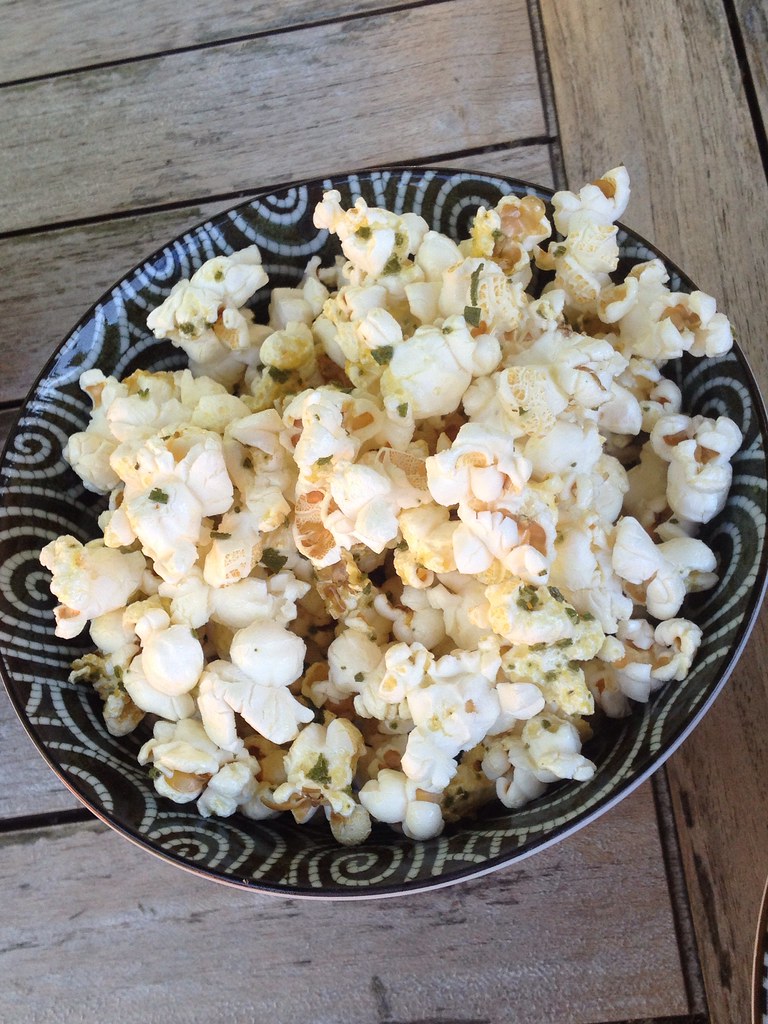Why can solid corn kernels turn into crunchy popcorn?
Popcorn is a snack for free time, both spongy and crunchy. How was it made? Raw materials of popcorn are ordinary corn kernels. First, place the small, hard, medium-sized corn grains in a covered pot and heat them. When the corn kernels’ temperature was very high, the pot suddenly emitted a “rattle” sound. At the right level of fire, the popcorn shakes itself into a crunchy popcorn.
What is the mystical power that makes the corn’s volume expand, turning the corn into a soft and crunchy popcorn? It turned out that the “magician” that produced this kind of transformation was not an external thing, but the air is lurking in the small holes inside the corn kernels.
The air in a covered pot has one property: the higher the temperature, the greater the pressure. As the corn kernels in the covered pot gradually warm-up, the air pressure in the small gap inside the corn kernels increases with the pot’s air pressure. When the pressure is as high as 660 kPa, if the pot is suddenly opened, the high-temperature air component will quickly pop out and emit an explosion. As a result, the pot’s pressure quickly dropped, causing the hot air in the corn kernels to break the outer shell of the corn (with pressure several times the pressure of the outside atmosphere), then escaping. All over the corn kernels instantly swelled up, forming popcorn, which is both porous and brittle at the same time.

This kind of blasting can be used to make the corn grain bigger and softer, with other grains such as soybeans, broad beans, peas, and dry rice balls (made of glutinous sorghum). You can use the same method to make them bigger and brittle. Because there are many small holes inside the corn kernels, the organization is relatively porous, so the volume becomes larger and brittle after exploding.



